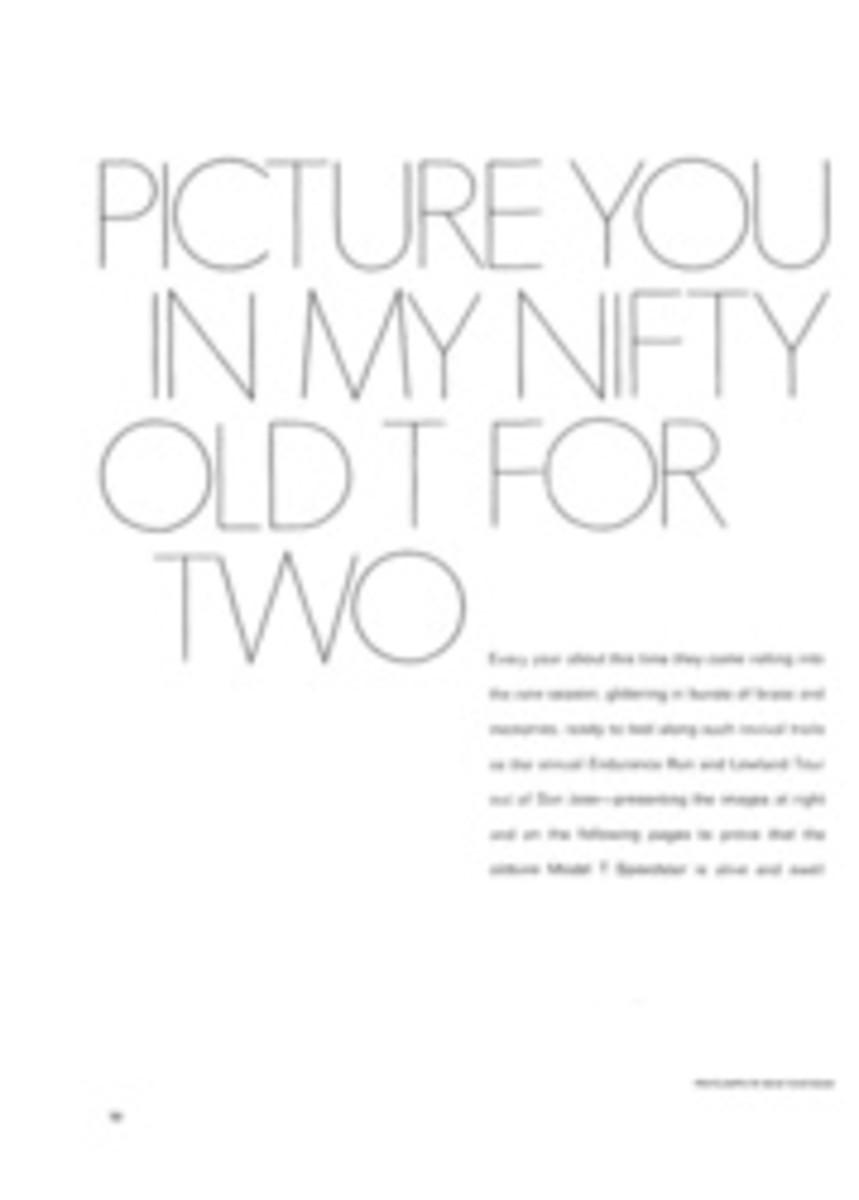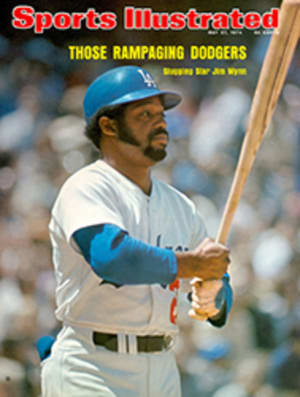
How to Win at Poker, Always
In the late 1800s, American inventiveness gave the world two mechanical devices of admirable contrivance but dubious value to society. Both were invented in San Francisco within seven years of each other. Both are used in gambling. Both are one-armed bandits.
The first is ubiquitous in Nevada today, and can be found here and there all over the world, from Africa to Japan. It is the common slot machine, invented in 1895 by Charles Fey, a 29-year-old mechanic.
Unlike the slot machine, the other one-armed bandit never did enter the domain of common knowledge. In fact, the success of the device depended almost entirely on its secrecy, but it did eventually become widely known, among card-sharps and manufacturers of gambling paraphernalia, as the Kepplinger holdout. The device was invented in 1888 by P. J. (Lucky Dutchman) Kepplinger, a hefty poker player who worked the games in San Francisco.
Basically, a holdout is any device used to secrete cards during a game. Many of them, before and after Kepplinger's, served to store a marked or prestacked deck until the sharper wanted to substitute it for the legitimate deck; it might be used only once during a session. But Kepplinger's device worked so well that it permitted the cheat to hold out and ring in cards on almost every deal. It could be used to accumulate a good hand—four aces, say—but Kepplinger apparently used it only to hold out one card, which he considered part of his regular poker hand: in effect, Kepplinger was playing six cards to his opponents' five.
Kepplinger had a character composed in equal parts of finesse and pure gall. His favorite sport was not plucking the easy pigeons around San Francisco; he preferred to cheat his fellow professionals. Moreover, he apparently suffered from an inordinate craving for action, and had to be in on every pot. Hand after hand, session after session, the Lucky Dutchman took everyone's money with no discretion at all.
Even rank amateurs would have become suspicious enough to conclude that all of Kepplinger's winning hands could not be attributed to luck, but the cards were not marked, Kepplinger was not stacking the deck or doing any fancy dealing, and finally the pros concluded that he had to be holding out. Yet he made none of the telltale movements, had none of the mannerisms associated with other holdouts of the day. To operate the old Jacob's Ladder machine, for example, one had to press one's forearm against the table. To operate the cuff-pocket holdout, one had to be continuously crossing hands. There were dozens of tip-offs to watch for, but Kepplinger sat there, straight as a zombie.
Finally the bamboozled pros could bear it no longer. Late one night, after all the pigeons had been plucked and only professionals remained in the game, they ganged up on him. Pretending to quit, one gambler excused himself from the table, put on his hat, got behind Kepplinger, and suddenly had a bear-hold on him. The others grabbed for an arm or a leg. Kepplinger put up a mighty struggle, but the gamblers eventually subdued him.
What they found was an elaborate contrivance of wheels, tubes, pulleys, strings and other mechanical parts strung under his clothing from his knees to his wrist. Thus rigged, all Kepplinger had to do to work card-copping pincers in and out of his cuff was to spread his knees a bit. It turned out to be the world's most unerring holdout. Dating back to a device noted in the Memoirs of Robert-Houdin (1858), earlier holdouts were comparatively crude. In addition to requiring unnatural movements, they were prone to malfunction—a string would tangle in a pulley wheel—and the cards themselves were apt to hang up in the cuff. Card detective Frank Garcia called Kepplinger's device the '¬¶most complicated, ingenious and successful contraption in the history of crooked gambling."
The gamblers who unclothed Kepplinger were so amazed at the new machine that they didn't even demand their money back. They didn't beat him up, or smash his knuckles to teach him a lesson. Instead, they forced him to outfit them with similar machines.
Before long, the gambling supply houses were advertising Kepplinger holdouts in their catalogs, and of course some manufacturers quickly made design modifications and touted their machines as superior to the Kepplinger. Here's a sample from a supply house of the 1890s:
THE LATEST SLEEVE HOLDOUT
The finest machine in this country. All late improvements, better made than some machines that are sold for $300. A better machine than the Kepplinger, of San Francisco, holdout. Made of fine and light pen steel, and works as well in shirt sleeves as with a coat on. The machine is fastened in a double shirt sleeve. The cards go in between the wristband and cuff. The wristband and cuff closes up when the cards are in, and anyone may look up your sleeve to your elbow and cannot see anything wrong. The holdout is worked by spreading your knees. The string runs through steel tubing that has capped pulley wheel joints. The string cannot bind or catch, and will work smoothly, easy, and noiselessly, every time alike. Give length of arm and size of shirt worn when ordering. Price, $100. Will send one C.O.D. $75, with privilege to examine, on receipt of $25.
In recent times, Kepplinger-type machines have sold for well over $300. But the golden age of the holdout is over. According to the Racket and Conspiracy Section of the Detroit Police Department, most professional gamblers no longer use holdouts because of their easy detection. A holdout is incontestable evidence of cheating, and a self-respecting pro prefers to work without such devices on his person.
But in 1962 Garcia reported a card-sharp known as Smoky Joe, who had recently clipped a gambling house in Lexington, Ky. for $270,000 at a blackjack table with the aid of a Kepplinger. He claimed that holdouts were still widely used—in San Francisco.

